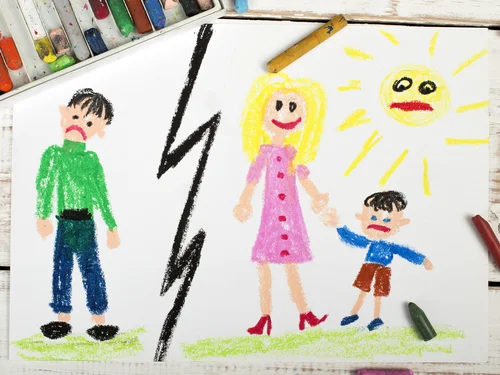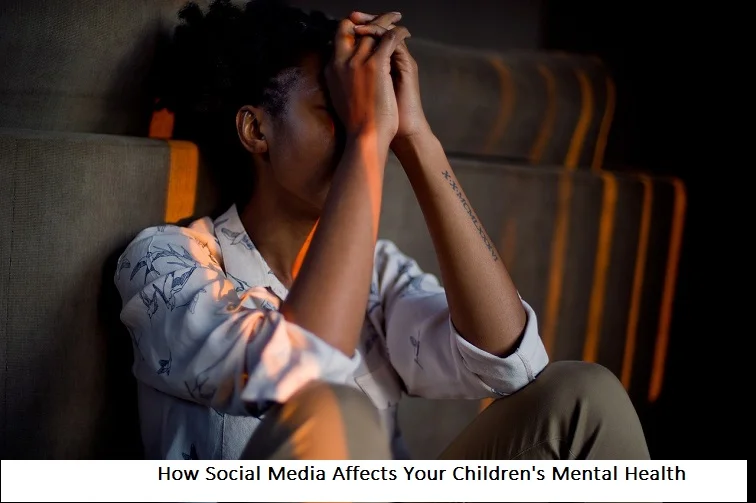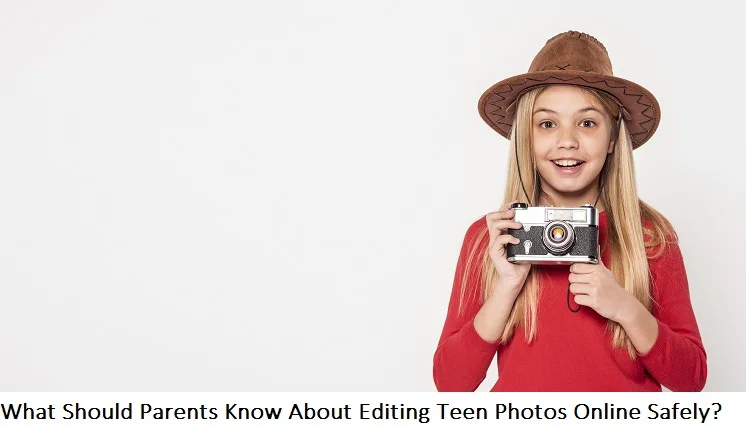+1 845 259 2974 (11 a.m to 7 p.m CST)
Bullying and harassment: Two sides of the same coin?

Bullying is a misunderstood concept in the US and is wrongfully associated with harassment. Even cyberbullying is not really studied as a distinct form of bullying but instead categorized under normal bullying. Parents should not commit the mistake of accepting the bullying phenomenon in general terms only. In fact, parents should have a clear understanding of the legal implications of bullying and the many categories it includes.
Distinct faces of violence
Bullying is defined as an uninvited aggression against a weak person that involves a real or perceived threat of a power imbalance. The behavior is commonly repeated over a period of time. Imbalance in power is created through use of physical strength, embarrassing the target, and employing harsh controlling methods.
Harassment: Harassment is any welcome conduct that is pervasive, severe and creates a hostile environment that prevents a student from reaching his/her maximum potential. Harassment may include an act directed at one or more students with the intention to harm or embarrass the targets. It can also include targeting a student or a group of students to interfere in their educational activities and the benefits that they might receive from the school. In any case, the actions are meant to cause mental duress and trauma to the victims. Harassment also includes sexual and racial harassment.
Problem legally highlighted
US Department of Education Guidance on Bullying: Introduced in 2010, this guidance provides an overview of school district’s responsibilities to ensure that students with disabilities who are facing bullying should continue to receive free appropriate public education (FAPE) under the Individuals with Disabilities Education Act (IDEA).
In the same year, the US Department of Education also held its first ‘Bullying Summit’. The goal of the summit was to engage governmental and non-governmental partners in crafting a national strategy to reduce and eventually end bullying.
The education department has taken steps to address bullying by introducing a new Safe and Supportive Schools grant program to enable states to assess safety mechanism installed in schools and provide funds to deserving schools.
Laws concerned with civil rights
- Title IV of the Civil Rights Act of 1964
- Title IX of the Education Amendments of 1972
- Section 504 of the Rehabilitation Act of 1973
- Titles II and III of the Americans with Disabilities Act
- Individuals with Disabilities Education Act (IDEA)
Understanding the technicalities
Parents should be very fluent in describing their kid’s situation to the extent of accuracy. Report the incident to the school administration so immediate amendments can be made. It is important for you to know that schools are required to investigate and resolve issues according to state and federal laws. If you feel the school is not doing enough to address your concerns, then there are other ways to register your complaints. But decide first whether the incident falls into the category of bullying or harassment. If the issue involves bullying, then proceed further by contacting the school administrator and the State’s Department of Education. In case your child faces harassment, then you can contact the US Department of Education – Office of Civil Rights, or even the US Department of Justice – Civil Rights Division. Act quickly and efficiently under any circumstances. The next time when you are faced with the question as how to prevent bullying, the answers would most probably be staring you right in the face.























